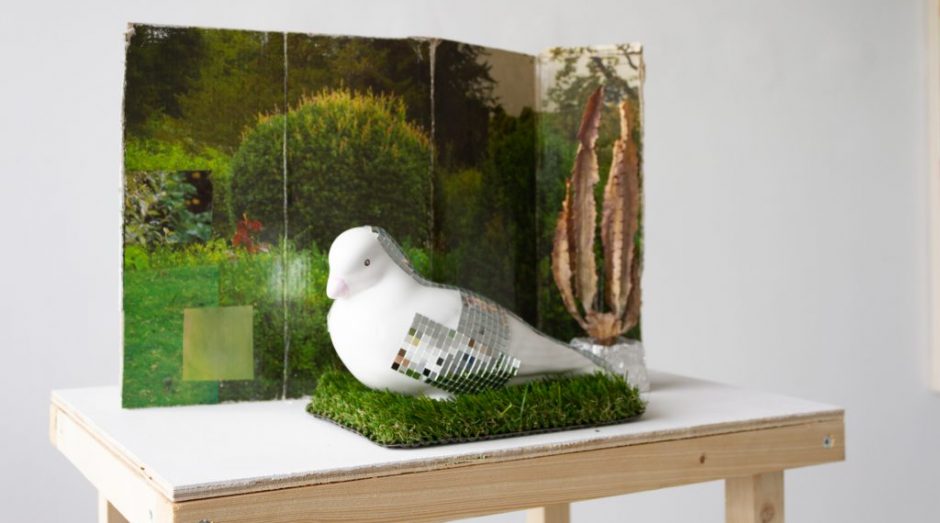
* “Atalanta Fugiens” (Oppenheim: Hieronymus Galler, 1618)
___________________
Reflective practice is a ‘metacognitive’ way of working; a cycle of learning, shaped by both private and collective spaces of questioning. Reflection begins with some sort of experience that leaves either a positive or negative impact on the individual. Struggles often reveal deeper insights into what is working and what is not (Amulya, 2004). As Moon (University of Exeter) suggests, reflection is intertwined with learning: we reflect to learn and, in turn, we learn through reflection.
Lesley Raven’s talk on reflective practice reminded me again of how reflection operates both independently and in dialogue with others. Both my teaching and studio practice require different modes of reflection. I often adjust instinctively while making and teaching (Schön’s reflection-in-action). However, these practices also require a more deliberate process of stepping back: observing, pausing, adapting based on students’ responses, and considering how my own work sits in relation to a larger context of research (Schön’s reflection-on-action).
Raven’s talk pointed out how concepts like ontology, epistemology, and tacit knowledge shape the way we reflect and learn. Recognizing our biases and subjective positionality helps build a deeper sense of reflexivity. During our outbreak discussion, my group discussed the ways that subjective knowledge, especially in arts education, can really validate and support students with similar experiences. I’m reminded of the second wave feminist argument that ‘the personal is political’ – situating myself at the root of my teaching practice, and in tern situating the student at the root of their learning.
John Dewey’s idea that “we do not learn from experience; we learn from reflecting on experience” is something I see playing out again and again (Dewey, 1933). ‘By developing the ability to explore and be curious about our own experience and actions, we suddenly open up the possibilities of purposeful learning—derived not from books or experts, but from our work and our lives’ (Amulya, 2004).
However, it is also important to acknowledge the ways that collaboration can offer shifts in our own perspective. Co-construction of knowledge through casual ‘corridor conversations’, co-writing of lesson plans, and cross referencing theories that both support and contradict my position can help develop a more well rounded and nuanced perspective. The Ouroboros (the image of a snake biting its own tail) represents this cyclical process, where ideas, and experience continuously feed into each other, shaping transformation and growth.
Bibliography:
Amulya, J. (2004). What is Reflective Practice? Center for Reflective Community Practice Massachusetts Institute of Technology.
Dewey, J. (1933). How We Think: a Restatement of the Relation of Reflective Thinking to the Educative Process. Boston: Houghton Mifflin.
Merian I (de Bry workshop) , M. (n.d.). ‘Atalanta Fugiens’ . [Etching on paper] Available at: https://www.britishmuseum.org/collection/object/P_1865-0610-551-601.
Moon, J. (n.d.). Reflective Writing – some initial guidance for students. University of Exeter.Raven, Dr.L. (2025). REFLECTIVE PRACTICE: Developing personal and professional Insights .
